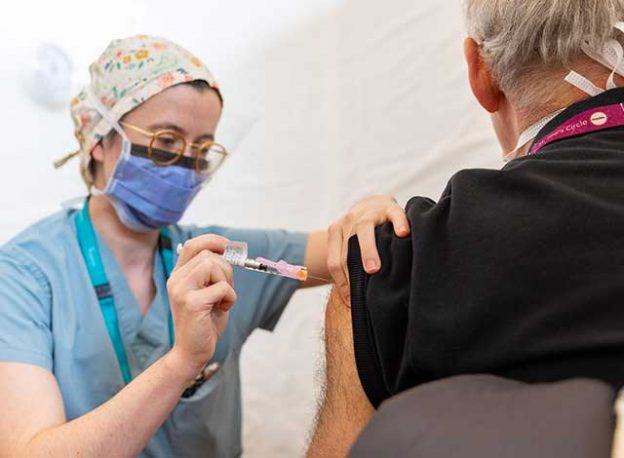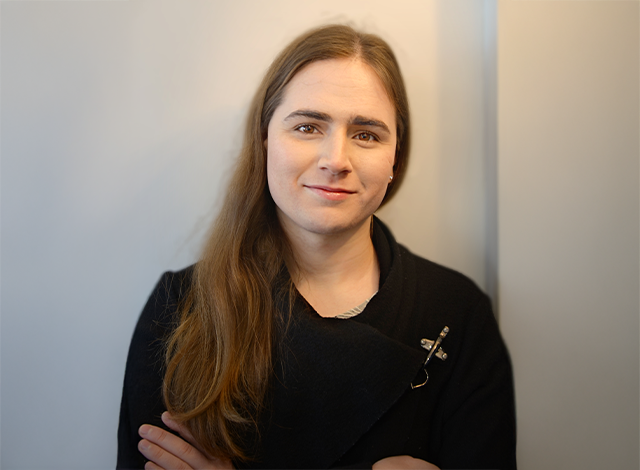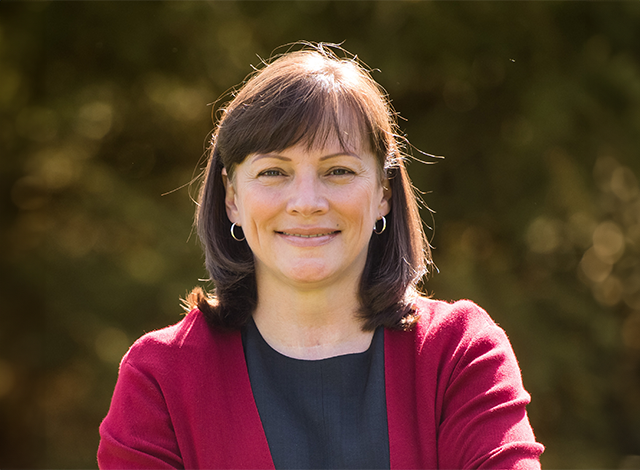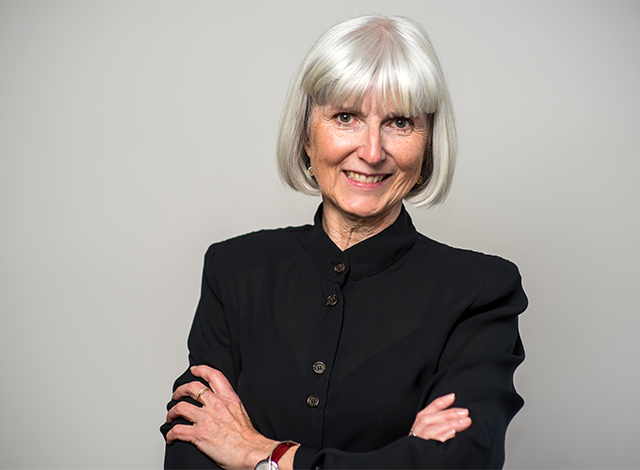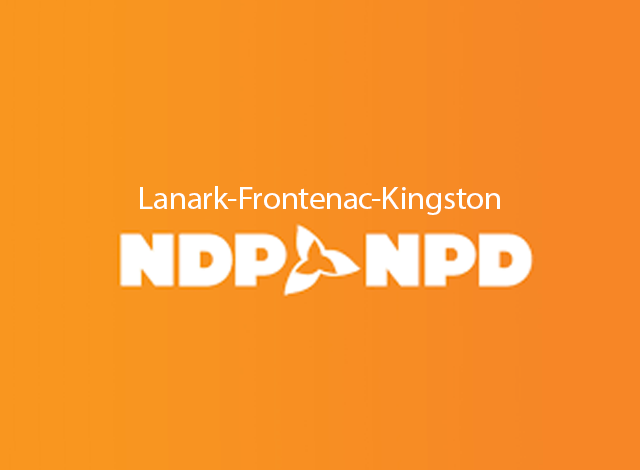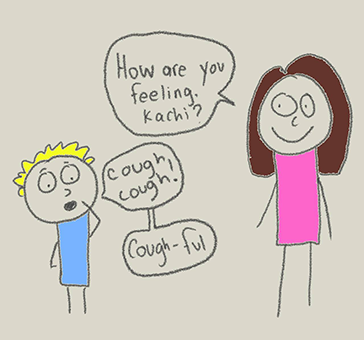Late in 1942 after a series of Allied victories, British Prime Minister Winston Churchill had this to say: “Now this is not the end. It is not even the beginning of the end. But it is, perhaps, the end of the beginning.”
Churchill proved to be correct. Although the tide of victory had begun to turn in favour of Britain and her allies, the Second World War would not end for nearly three more years.
If we can accept that the world today is at war with an invisible enemy, Covid-19, what will it take for us to reach “the beginning of the end,” and for life to return to normal? Dr. Paula Stewart, Medical Officer of Health at the Leeds, Grenville & Lanark District Health Unit, said experience in other countries over the past few months has shown that when 60 to 80 percent of the population has been vaccinated, the transmission of the virus in that community will slow down significantly.
“Enough vaccine is coming over the summer that it’s reasonable that we’ll be at 70 per cent by the fall,” said Stewart.
In Leeds, Grenville & Lanark, she added, “So far we’ve had a fantastic response from the community.”
Stewart noted that a growing body of evidence from around the world shows that the vaccine reduces transmission of the virus, as well protecting those who have been vaccinated from infection.
As of May 20, more than 59 percent of Ontarians aged 18 and older had received at least one dose of vaccine.
According to information released by the Ontario Ministry of Health and Long Term Care, 7.7 million vaccine doses had been administered across the province by the end of the day May 20. More than 93 per cent of Ontario residents aged 80 and over have received at least one dose. By the end of the month Ontario expected to receive an additional 4.3 million doses of Covid-19 vaccines.
Also on May 20 the provincial government released its three-stage plan to “reopen” Ontario by easing public health measures. Based on current trends including the rate of vaccination, the government expects to enter step one of its “Roadmap to Reopen” the week of June 14. Step one of the plan includes resuming outdoor activities with smaller crowds where the risk of transmission is lower, and permitting retail with restrictions. This includes allowing outdoor gatherings of up to 10 people, outdoor dining with up to four people per table and non-essential retail at 15 per cent capacity.
Local Covid-19 statistics for Leeds, Grenville & Lanark as of May 21 showed 26 active cases and one person being treated in hospital out of a total population in the three counties of over 170,000. Since the beginning of the pandemic Leeds, Grenville & Lanark has reported a total of 1,718 Covid cases. Of that total 1,632 have been resolved, and there have been 60 deaths.
Although the local area has never been one of the province’s Covid “hot spots,” Stewart noted that a surge of cases did hit the area after Christmas and New Year’s 2020 because people started holding social gatherings and were being less careful in the workplace. “If you’re not really careful this virus will get away from us,” she said.
Since the outbreak several months ago the infection rate has remained under control, said Stewart, because, “Our behaviour changed back to where it should have been.”
The key to reaching the turning point by this fall, said Stewart, is for the entire community to continue to follow public health measures as directed. Anyone who experiences symptoms is urged to get a Covid test. Test results are currently coming back within a day or two. Stewart also urged residents of the area to “really restrict social gatherings with people outside your households.”
Residents should also ensure they are vaccinated and remain patient if it takes time to make an appointment. “There’s a huge personal advantage to being vaccinated,” said Stewart.
Last but not least, Stewart urges everyone to get outside and be physically active, in order to maintain both physical and mental health during this crisis.





